Explanation
Opened in July 2017, the Gwangyang Wine Cave has transformed the historic Gwangyang Steel Cargo Transportation Tunnel into an immersive wine and cultural experience. Spanning 301 meters in length, 4.5 meters in x_width, and 6 meters in x_height, this unique space aims to introduce the world of wine to aficionados and novices alike. Here, visitors can journey through the global wine collections, gradually cultivating a deeper appreciation for this age-old beverage. In addition, the cave delights visitors with its diverse attraction. Visitors can revel in the cozy wine cafeteria, be mesmerized by the dynamic media façade video show, and snap quicky memories at the trick art photo zone. For those keen on hands-on experiences, the art of plum wine-making plum awaits. And for the perfect memento, an exclusive space offers Gwangyang's special products for purchase.
Gwangyang Wine Cave also manages Gwangyang Eco Park, situated on the left side of the wine cave entrance after parking. This park offers a space where children can immerse themselves in media ecology, sparking their imagination and creativity. The experience center is designed for year-round enjoyment, maintaining a temperature suited for all four seasons.
Homepage
Information Use
Experience Guide : [Plum wine-making program]
- Fee: 24,000 won per person (based on 750 ml)
- Days: Monday-Sunday
- Time: 10:00-16:00
Contact and Information : +82-61-794-7788
Parking facilities : Available
Day off : N/A (Open all year round)
Hours : April-September 09:30-19:00
October-March 10:00-18:30
* Ticket sales end 1 hour before closing.
More information
Admission Fees
[General admission]
Adults 7,000 won / Teenagers & Children 5,000 won
* Teengers & Children - ages 3-18
[Activity package]
Admission fee + 1 glass of wine OR admission fee + wine foot bath: 11,000 won
Admission fee + 1 glass of wine + snacks + wine foot bath: 15,000 won
[Admission package]
Gwangyang Wine Cave + Gwangyang Eco Park
Adults 10,000 won / Children 15,000 won
Location
33 Gangjeong-gil, Gwangyang-eup, Gwangyang-si, Jeollanam-do

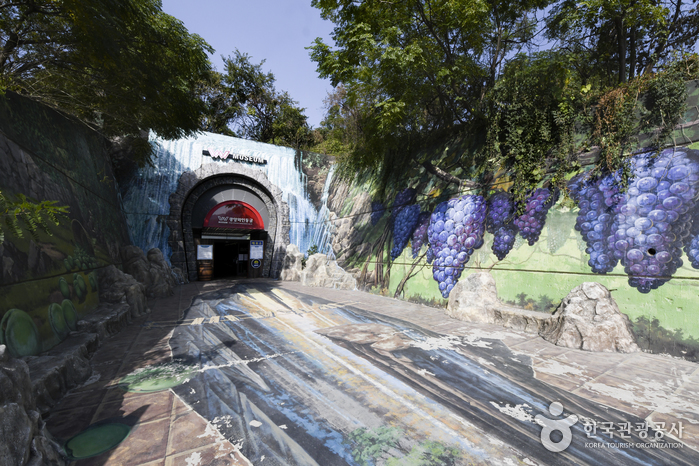
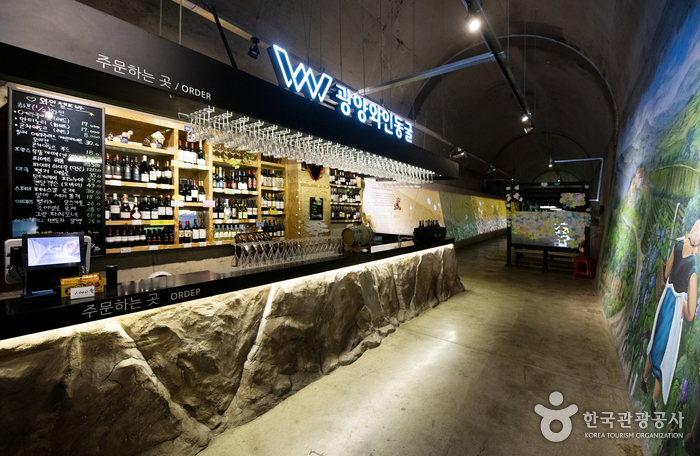

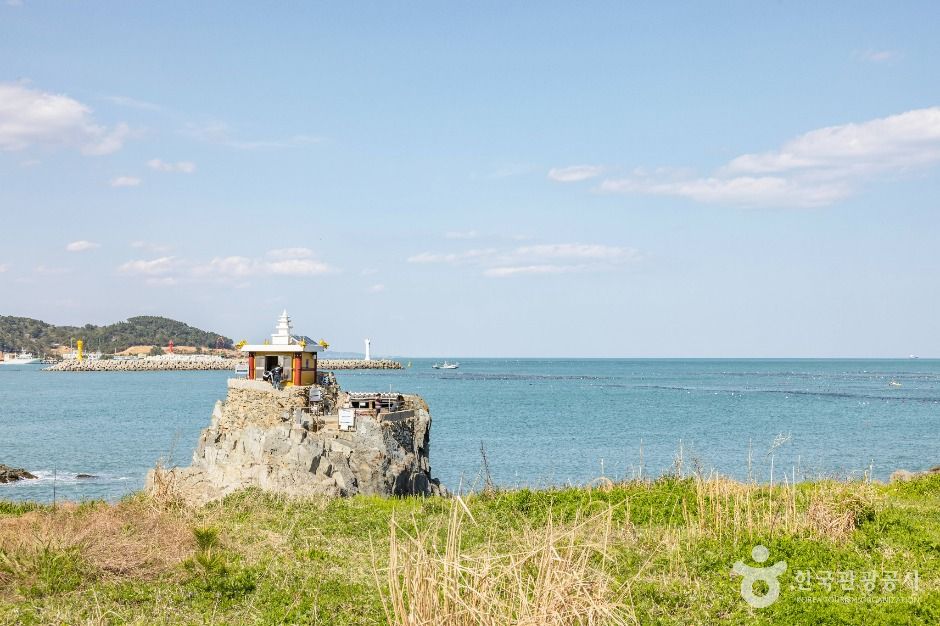
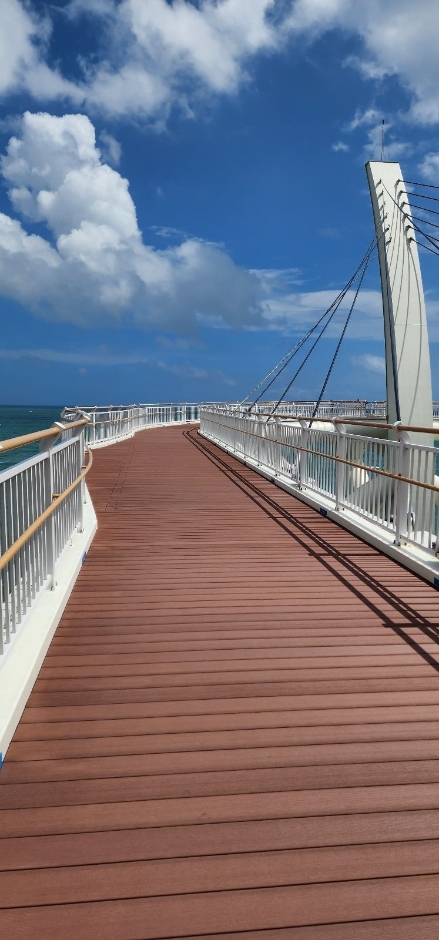
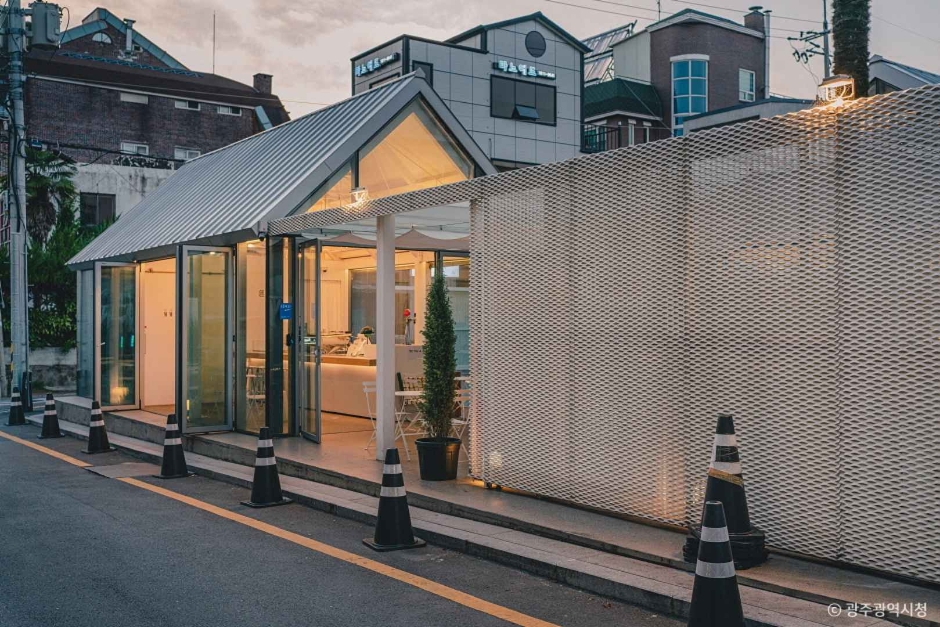
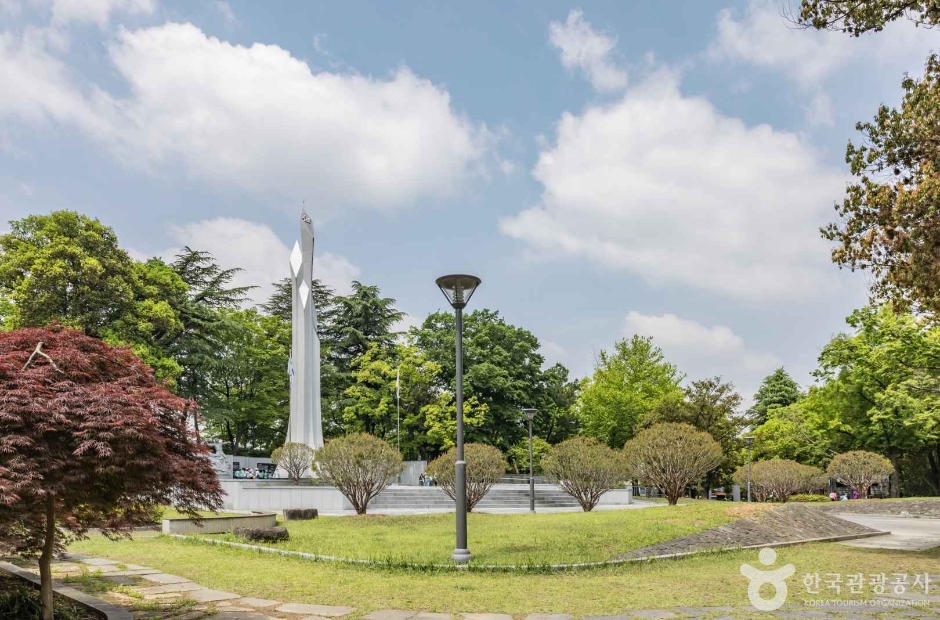
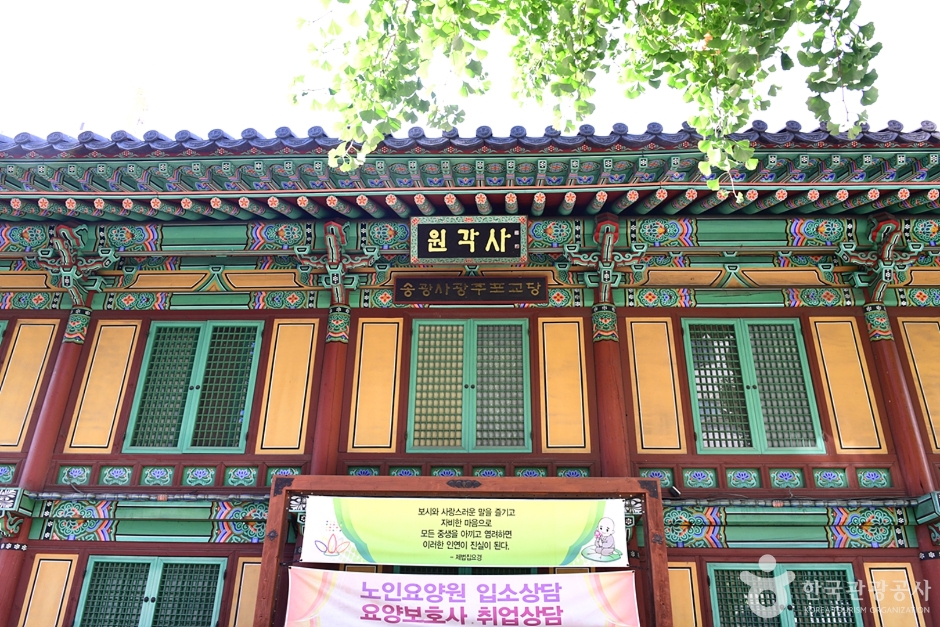
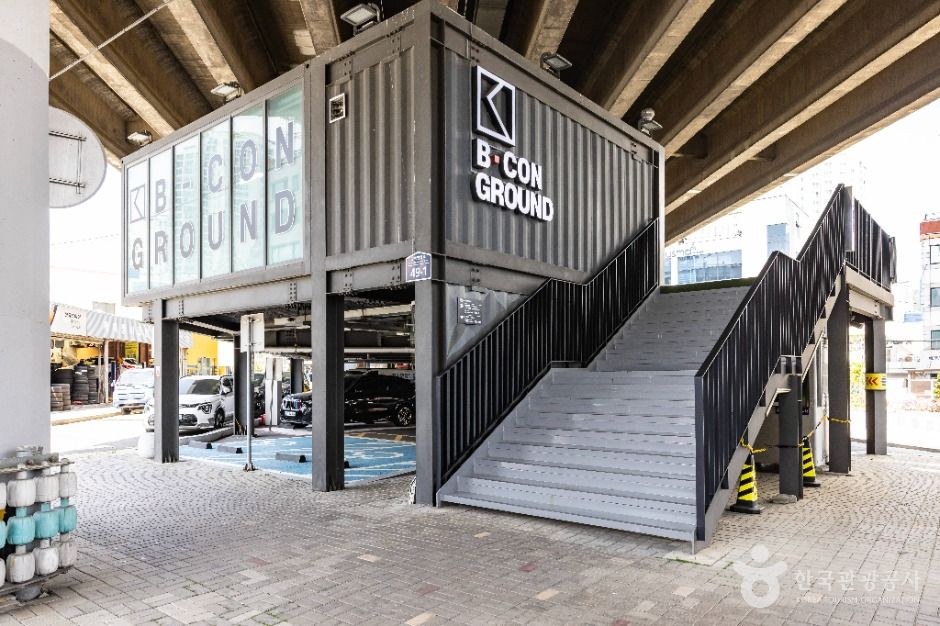

 English
English
 한국어
한국어 日本語
日本語 中文(简体)
中文(简体) Deutsch
Deutsch Français
Français Español
Español Русский
Русский